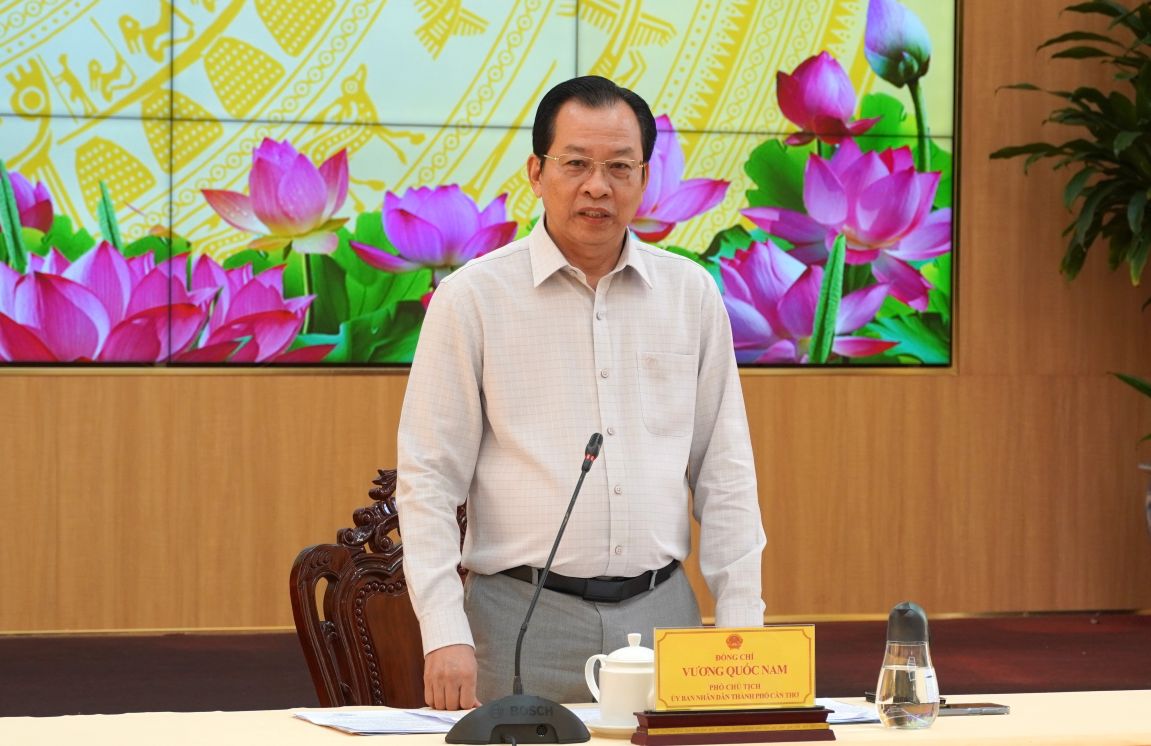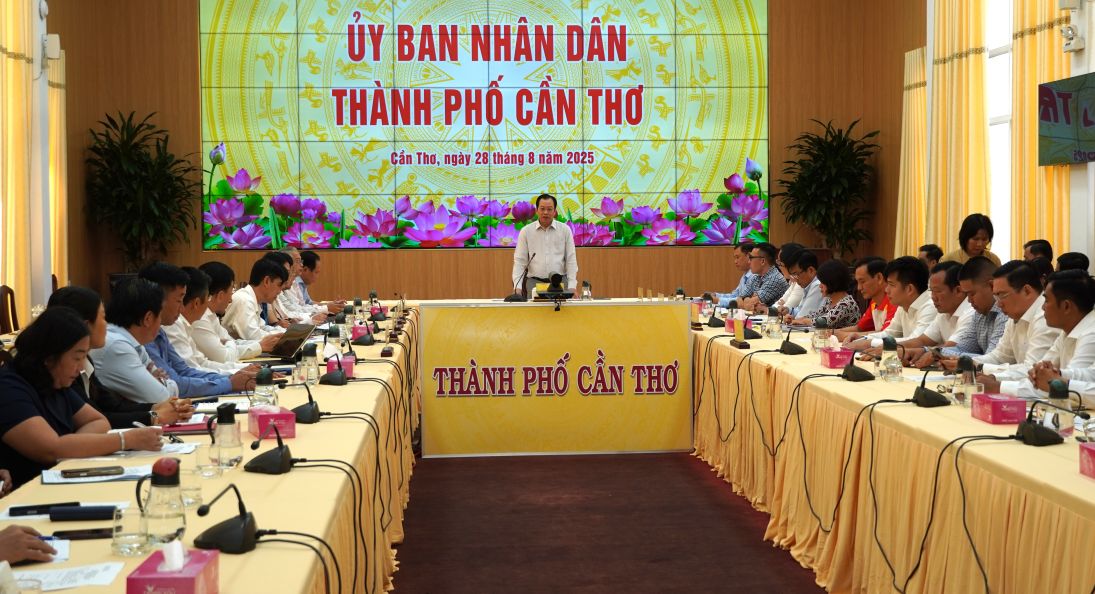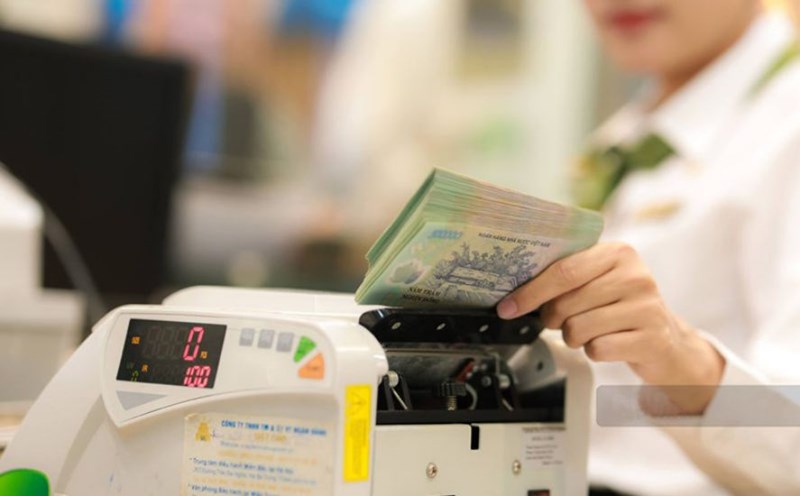On August 28, the People's Committee of Can Tho City worked with the State Bank of Vietnam, Branch of Region 14 on the implementation of the credit growth plan in the area in 2025.

Speaking at the meeting, Vice Chairman of Can Tho City People's Committee Vuong Quoc Nam said that the city set a GRDP growth target of over 10% in 2025. To achieve this goal, the banking industry, especially credit growth, plays an important role.
Mr. Nam suggested that the State Bank of Vietnam, Region 14 Branch, implement a breakthrough solution, striving for credit growth of about 16%, thereby contributing to promoting the city's socio-economy. At the same time, the banking sector needs to closely coordinate with departments and branches to remove difficulties, unlock capital sources for production and business, prioritize the fields of agriculture, processing industry and supporting industry.
Credit institutions in the area are recommended to proactively seize the recovery opportunities of the processing, service and export industries; boldly expand lending to businesses with reasonable capital needs, but must strictly control credit in the risk sector, ensure safe and sustainable operations.
Departments and branches coordinate to support the banking sector in implementing priority credit programs, while removing obstacles in procedures, especially land and seafood, creating conditions for people and businesses to access capital.

According to the State Bank of Vietnam, Branch of Region 14, by July 31, 2025, the total mobilized capital in the area will reach VND 212,577 billion, an increase of 1.58% compared to the end of 2024, meeting 69.52% of credit demand. It is estimated that by the end of August, this figure will reach VND222,870 billion, an increase of 6.5% thanks to peak season cash flow. Total outstanding loans by the end of July reached VND 305,777 billion, up 5.92%; expected to reach VND 311,795 billion at the end of August, up 8%. At the end of July 2025, outstanding loans for policy credit programs reached VND 16,049 billion, up 8.66% compared to the end of 2024. Bad debt by the end of July was at VND 8,762 billion (2.87%), expected to decrease to 2.78% by the end of August and is still under control.
However, capital mobilization is still limited as it only meets 69.52% of credit demand; low mobilization interest rates help reduce lending interest rates but put pressure on banks.
Some key credit programs have not met expectations, such as the 145,000 billion VND package for loans for social housing, workers' housing, renovation projects of old apartments (red debt is still low) and the loan program linking the production, processing, and consumption of high-quality, low-emission rice in the Mekong Delta (not yet incurred excess debt).










